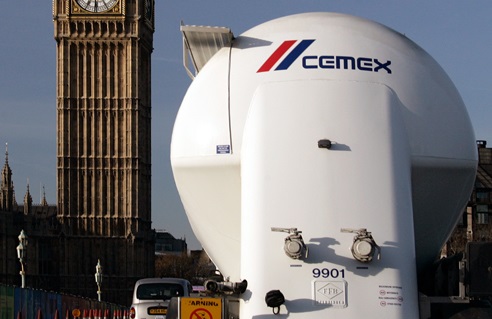
The CDP (formerly Carbon Disclosure Project) has raised its rating of CEMEX from B in 2018 to A- in 2019 for the company’s commitment to climate protection.
CEMEX says the rating upgrade reflects its improvement in governance, risk management, CO2 emissions reduction initiatives, low carbon products, and value chain engagement.
"We are very pleased not only that our CDP score has improved, but also that it reflects our company’s continued effort to achieve a robust climate change strategy, which is helping us to reduce our operations’ CO2 footprint,” said Vicente Saiso, corporate sustainability director of CEMEX.
To date, CEMEX says it has reduced its direct CO2 emissions per ton of cementitious product by more than 22% compared to its 1990 baseline, allowing the company to avoid approximately 8 million tons of CO2 during 2019, equivalent to the carbon emissions of 1.6 million passenger vehicles.
The building materials group is now taking the further steps to reduce its direct CO2 emissions. These include producing new types of low CO2 clinker, cement, and concrete products; increasing its use of alternative fuels as a substitute for fossil fuels; using waste from other industries as alternative raw materials as a substitute for clinker; expanding and protecting natural carbon sinks from its El Carmen Nature Reserve to all CEMEX quarries; and developing and testing disruptive technologies like carbon capture, utilization, and storage (CCUS) and other innovative carbon technologies.
CEMEX adds that it also plans to reduce indirect CO2 emissions from electricity through the company’s use of renewable energy. Close to 30% of its power consumption is covered by renewable energy sources.







